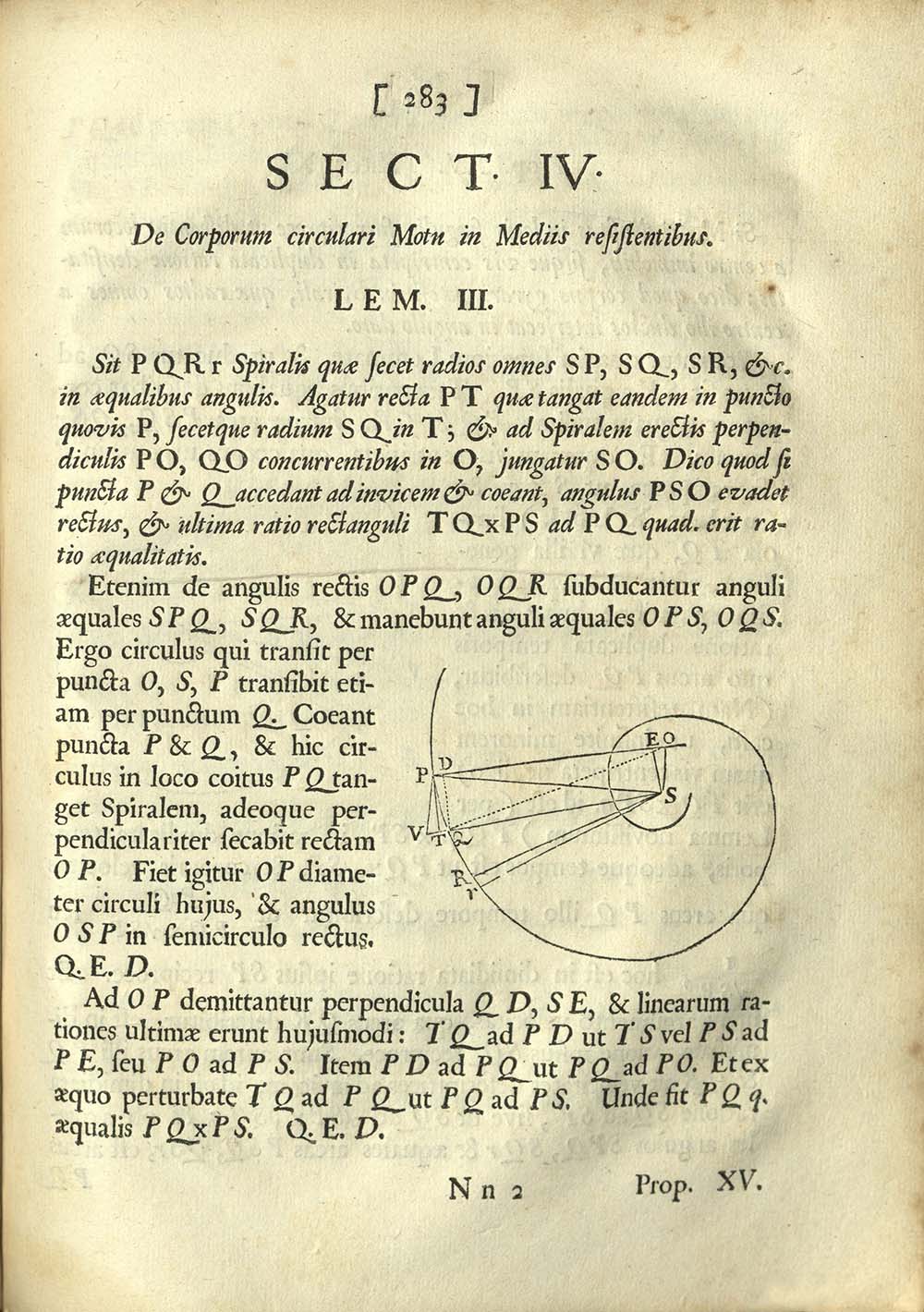

Even those with a strong background in science and mathematics will, I suspect, need so It is shown in the Scholium of Prop. Newton’s reputation for difficulty is well-deserved this is not a reader-friendly book. Marking this book as “read” is as much an act of surrender as an accomplishment. 22, Book II, that at the height of 200 miles above the earth the air is more rare than it is at the surface of the earth in the ratio of 30 to 0.0000000000003998, or as 75,000,000,000,000 to 1, nearly.

Bernard Cohen, along with his and Anne Whitman's translation, will make this preeminent work truly accessible for today's scientists, scholars, and students.more The illuminating Guide to the Principia by I. It set forth the fundamental three laws of motion and the law of universal gravity, the physical principles that account for the Copernican system of the world as emended by Kepler, thus effectively ending controversy concerning the Copernican planetary system.
.jpg)
A great work in itself, the Principia also revolutionized the methods of scientific investigation. Newton's principles describe acceleration, deceleration, and inertial movement fluid dynamics and the motions of the earth, moon, planets, and comets. This completely new translation, the first in 270 years, is based on the third (1726) edition, the final revised version approved by Newton it includes extracts from the earlier editions, corrects errors found in earlier versions, and replaces archaic English with contemporary prose and up-to-date mathematical forms. Even after more than three centuries and the revolutions of Einsteinian relativity and quantum mechanics, Newtonian physics continues to account for many of the phenomena of the observed world, and Newtonian celestial dynamics is used to determine the orbits of our space vehicles. Even after more than three centuries and the revolutions of Einsteinian relativity and quantum mechanics, Newtonian phy In his monumental 1687 work Philosophiae Naturalis Principia Mathematica, known familiarly as the Principia, Isaac Newton laid out in mathematical terms the principles of time, force, and motion that have guided the development of modern physical science. In his monumental 1687 work Philosophiae Naturalis Principia Mathematica, known familiarly as the Principia, Isaac Newton laid out in mathematical terms the principles of time, force, and motion that have guided the development of modern physical science.


 0 kommentar(er)
0 kommentar(er)
